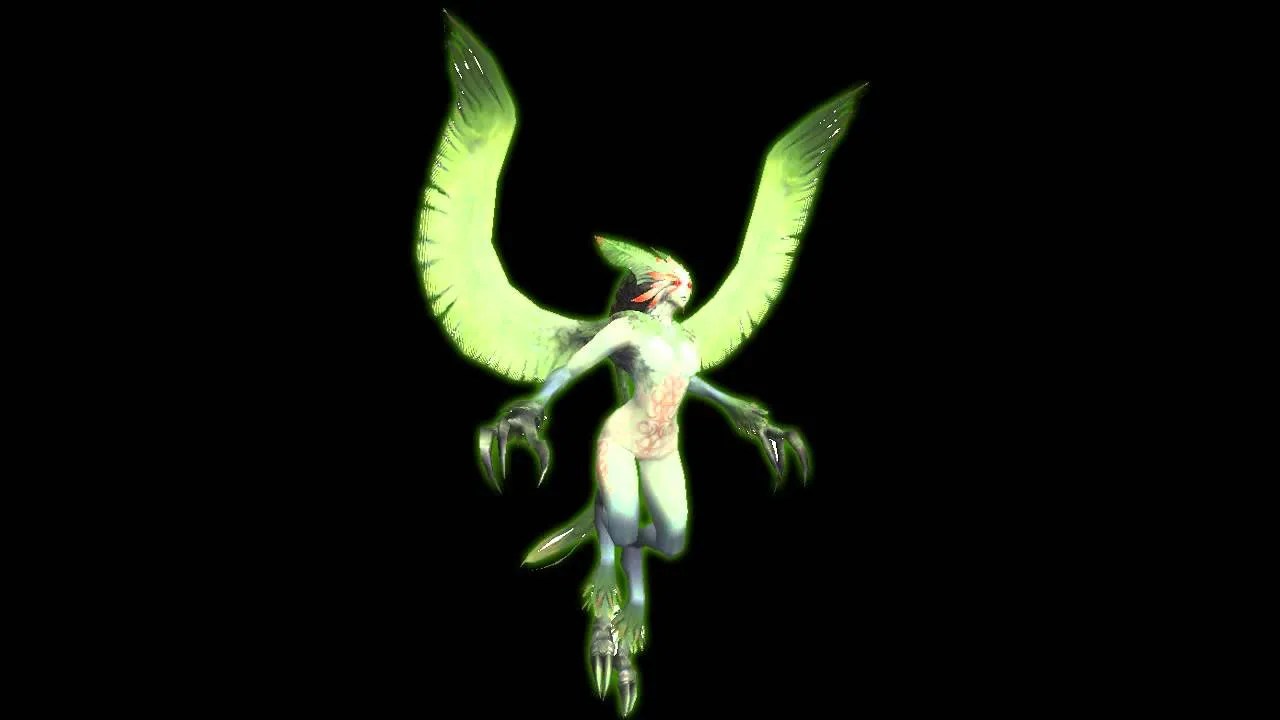An enduring part of theFinal Fantasyfranchise has been its monster designs. Any fan can pick out the latest iteration of a Chocobo or a Cactaur, and plenty of other beasts like goblins, ghosts, skeletons, and iron giants have cycled in and out of various games. Thanks to the strong art direction provided by Yoshitaka Amano and the efforts of later artists and animators,Final Fantasyhas no shortage of great and terrible beasts to slay. Needing to exclude classic foes from each entry to make room for new monsters isn’t a bad problem to have.
Accompanying these iconic enemies are some monsters that can be compelled to fight on the player’s side. These beasts are commonly known as summons, and they have a history stretching back toFinal Fantasy 3. Although Bahamut was inFinal Fantasy 1, he was no more than a quest NPC beforeFF3introduced the summoning system.Familiar faces like Ifrit, Shiva, Ramuh, Leviathan, Titan, and more have appeared in manyFinal Fantasytitles since then as both friends and foes.Final Fantasy 16is bringing the focus back to summons as a core plot point, and among these is Garuda: the Eikon of Wind and one of the most recent additions toFinal Fantasy’s core summon catalog.

RELATED:10 Summons That Need To Appear In Final Fantasy 7 Remake Part 2
Garuda’s Early Years as an Enemy
Garuda has had the strangest journey throughFinal Fantasyof all the summons. The summoned Garuda is always depicted as female, but the first Garuda of the series is a male beast born of an evil human wizard. Sharing its name with a large bird-like creature that appears inboth Hinduism as Lord Vishnu’s mount and Buddhismas massive predatory birds,Final Fantasy 3’s Garuda is the monstrous form of Gigametz. This malicious advisor serves King Gorn of Saronia, and is fought as a boss at the end of the Saronia plotline. Garuda is associated with wind in an indirect way, as his Lightning attack can deal up to 800 damage to the entire party. This is almost guaranteed to be lethal, and the equipment and Dragoon job in the preceding area are almost entirely designed around surviving this attack.
For the rest of its non-summon appearances, Garuda is either a rare enemy or a boss who looks more like a bird than a human.FF3is its only sprite-based appearance, with Garuda’s next game credit beingFinal Fantasy 7. Its only notable traits are its human arms attached to a fully avian body, and that itonly appears in two optional areas. Garuda appears as a regular enemy inFinal Fantasy 9and10, and as a boss inFinal Fantasy 12and13. Garuda was established as a regular part ofFinal Fantasylate in the series, and its sporadic and rare appearances did not bring much attention.

RELATED:Final Fantasy XIV: 15 Tips For Playing The Summoner Class
Final Fantasy’s Debut of Garuda the Summon
Final Fantasy 11is the game responsible for giving players the harpy-like summon that Garuda is known to be today. Even so, her appearance is minor and was seemingly included as a matter of necessity. TheFinal Fantasyfranchise has been creating new summons for years, but when the MMOFF11decided to assign summons to its elements, there was nothing suitable for wind. Birds and other flying summons inFinal Fantasytended not to be assigned elements, and when they were it was never wind. Standout aviansQuetzalli fromFinal Fantasy 6and ValeforfromFinal Fantasy 10were both non-elemental, and thus the old enemy Garuda was elevated to summon status.
Garuda’s backstory inFF11involved her starting life as a small bird raised by a prince. She went on a journey to cure his illness, and ended up becoming the source of power she sought through sheer resolve. The prince and Garuda eventually became lovers, and upon her death the goddess Altana transformed her into the Celestial Avatar of Wind. Players can challenge Garuda Prime at the Cloister of Gales to gain her as a usable summon.Final Fantasy 11gave Garudaa solid start, but no heads were turned. Even her reappearance inFinal Fantasy 14as a villainous primal did little to improve her fame.

Garuda Has Joined the Ranks of Final Fantasy’s Classic Summons
WhenFinal Fantasyfans think of Garuda,Final Fantasy 14is still the game she’s most associated with.FF14: A Realm Rebornbrought Garuda back as an antagonist for one of its story arcs, and her uniquely megalomaniacal attitude struck a chord with fans. She has reappeared in several fights, and the “Endwalker” expansion even gave a nod to her popularity. This same Garuda even appeared in acrossover withFinal Fantasy 15, forcing that game to introduce its own Garuda as an equivalent crossover forFF14. This new Garuda brings backFF3’s masculine design while remaining female like every Garuda summon. She used to be a messenger for the Astrals, and was defeated and sealed away by them for so long that her name was forgotten. She can be summoned to defeatFF14’s Garuda, deciding to take the wind goddess' name for herself as she continues to support the party.
Garuda has come a long way from being a puzzle boss found at the end of a unique walled-off kingdom inFinal Fantasy 3. Thanks toFinal Fantasy 14, the wind elemental summon has joined her fellow elemental beasts as a recurringFinal Fantasystaple. Likely owing to the fact that it’s being developed byFinal Fantasy 14staff,Final Fantasy 16will also feature Garuda in a prominent role. The Warden of the Wind appears as an Eikon, withBenedikta Harman serving as her Dominant. Not much is known about the role she will play, but she works for the Kingdom of Waloed and her mission takes her across Clive’s path. Through some unknown means, Clive then gains Garuda’s wind power for himself. There is much that fans have yet to learn about Garuda’s appearance inFF16, but more is in store for one ofFinal Fantasy’s newest summons.